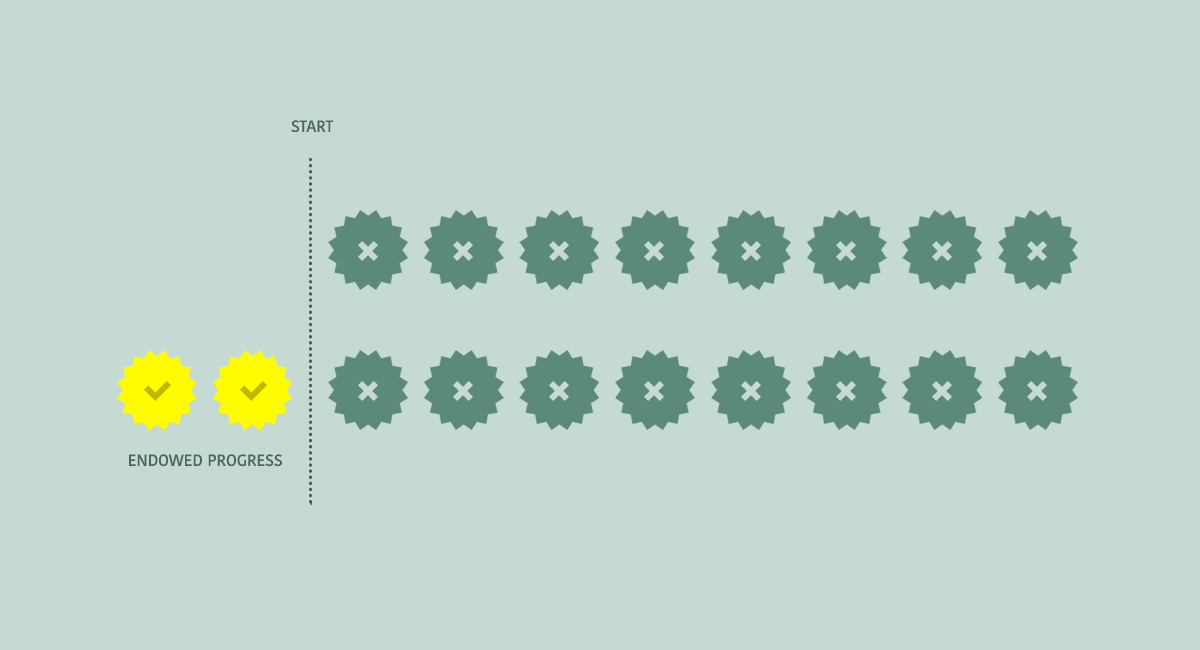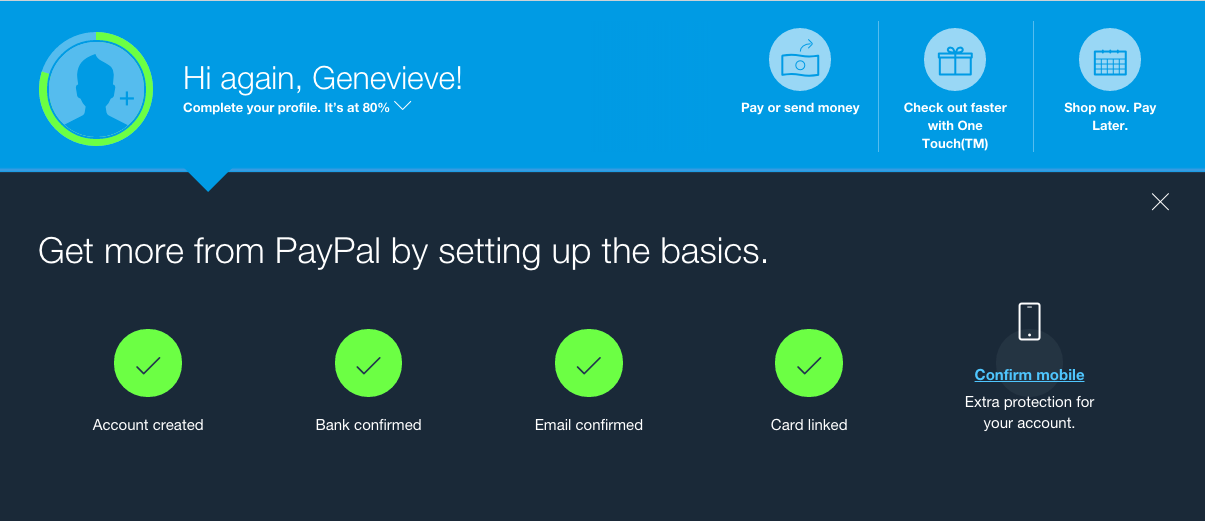As a SaaS product designer or marketer, your primary goal is to keep users engaged and motivated to use your product regularly. One way to achieve this is by leveraging the power of the endowed progress effect, a psychological phenomenon that can significantly influence user behavior.
| Psychological Principle | Application in SaaS |
|---|---|
| Endowed Progress Effect | Motivating users by providing an illusion of progress towards a goal |
| Social Proof | Influencing user behavior by showing them that others are using and benefiting from the product |
| Goal Gradient Effect | Increasing motivation by making the remaining steps to achieve a goal shorter |
| Loss Aversion | Encouraging users to take action by highlighting what they stand to lose by not taking action |
| Scarcity | Driving urgency and demand by highlighting the limited availability of a product or offer |

What is the Endowed Progress Effect?
The endowed progress effect is the principle that people are more likely to achieve a goal if they perceive that they have made progress towards it. It's a cognitive bias that works by creating an illusion of progress towards a specific goal, which, in turn, motivates users to continue working towards it.
| Onboarding Step | Progress Indicator | Effect on User Motivation |
|---|---|---|
| Sign-up | Progress Bar | Creates a sense of momentum and accomplishment, making users more likely to complete the process |
| User Profile | Percentage Complete | Provides an incentive for users to fill out their profile, as they can see how close they are to completing the process |
| Tutorial | Checkpoints | Breaking the tutorial into smaller, manageable steps creates a sense of progress and makes it less overwhelming for users |
| Account Setup | Progress Tracker | Users can see how far along they are in the setup process, which can motivate them to complete it quickly and efficiently |
Endowed Progress Effect in Onboarding

How Can You Apply the Endowed Progress Effect in SaaS Products?
By leveraging the endowed progress effect, you can motivate your users to take specific actions that contribute to their long-term success with your product. Here are some ways you can apply the endowed progress effect in SaaS products:
Onboarding Processes: Onboarding is essential to any SaaS product as it sets the tone for the user's entire experience. Incorporating an illusion of progress can make the onboarding process feel more manageable and less overwhelming.
Gamification: Gamification is a popular technique that involves adding game-like elements to non-game contexts. By incorporating game-like elements such as rewards, badges, or leaderboards, you can motivate users to achieve specific goals.
Goal-Setting: Goal-setting is a powerful technique that can help users stay motivated and focused on their objectives. By breaking down larger goals into smaller, more manageable tasks, you can provide users with a clear path towards achievement. You can also use a progress tracker to help users visualize their progress towards their goals.
Real-Life Examples in SaaS
Fitness Apps
Fitness apps can use the endowed progress effect to motivate users to exercise regularly. By tracking users' progress and providing feedback on their achievements, fitness apps can create an illusion of progress that keeps users motivated to continue exercising. For example, a fitness app can track a user's daily steps and display a progress bar that fills up as they reach their daily step goal.
Productivity Apps
Productivity apps can use the endowed progress effect to help users stay focused and achieve their goals. For example, a to-do list app can use a progress bar to show users how many tasks they have completed in a day, week, or month. As users complete more tasks, the progress bar fills up, creating a sense of accomplishment and motivating them to continue working.

Language Learning Apps
Language learning apps can use the endowed progress effect to help users learn a new language. For example, an app can use a progress bar to track a user's progress through a language course. As users complete lessons and quizzes, the progress bar fills up, providing a sense of accomplishment and motivating them to continue learning.
Finance Apps
Finance apps can use the endowed progress effect to motivate users to save money and achieve their financial goals. For example, an app can use a progress bar to track a user's progress toward a savings goal. As users save more money, the progress bar fills up, creating a sense of accomplishment and motivating them to continue saving.
The endowed progress effect is a powerful psychological principle that can significantly influence user behavior in SaaS products.
By incorporating an illusion of progress, you can motivate users to take specific actions that contribute to their long-term success with your product. Whether you're designing an onboarding process, incorporating gamification, or setting goals, understanding and leveraging the endowed progress effect can help you create more engaging and motivating user experiences.

